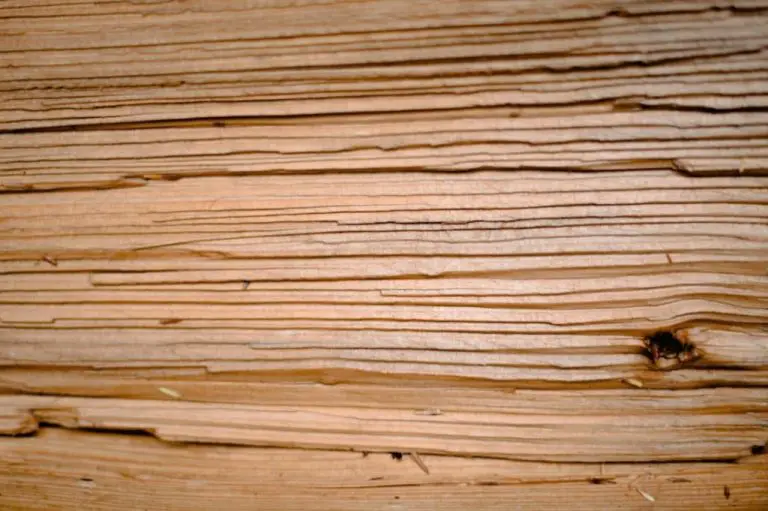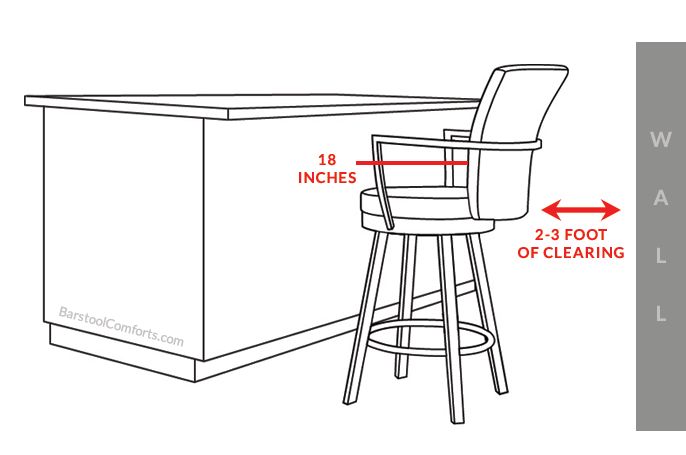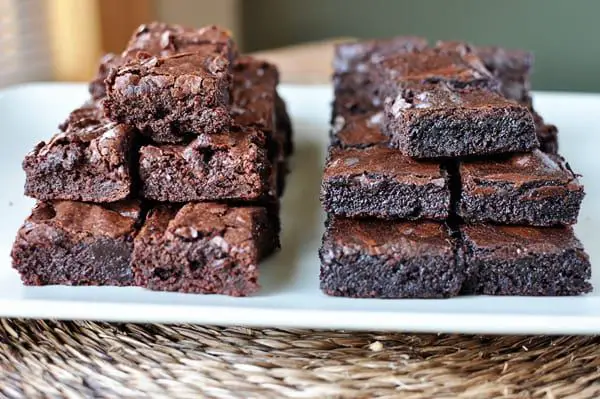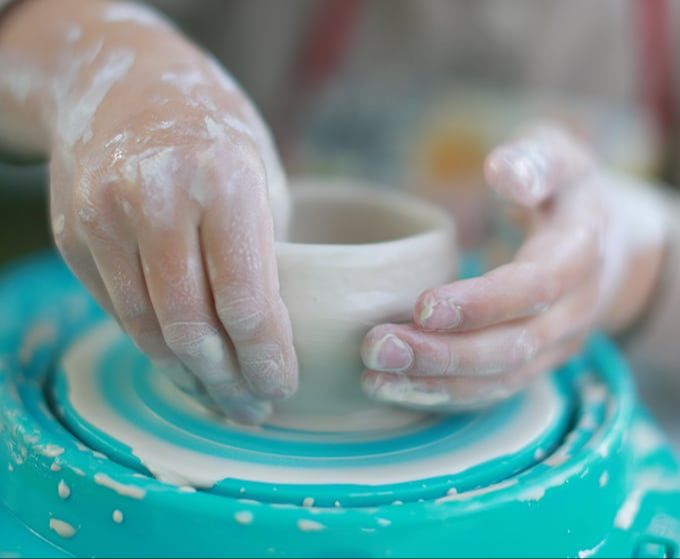Is Clay Pot Good For Cooking?
Clay pot cooking refers to cooking food in pots made from clay or terra cotta. Clay pots have been used for cooking for thousands of years, dating back to ancient times. They were some of the first pots used for cooking before the development of metal cookware.
There are many claims about the potential benefits of cooking with clay pots. Some key benefits that have been cited over time include improved heat retention, better nutrient retention, enhanced flavors, and healthier cooking overall compared to metal pots and pans. Specific claimed benefits include more even cooking, cooking at lower temperatures, retaining more vitamins and minerals, and imbuing a unique earthy flavor.
In this article, we will explore the construction of clay pots, their purported benefits for cooking, potential downsides, tips for cooking with them, sample recipes, and an overall assessment of whether clay pots live up to their reputation and if they are a recommended cooking implement compared to alternatives.
Clay Pot Construction
Clay pots are made from clay, one of the most abundant natural materials on earth. The clay is dug up, cleaned, and kneaded to remove impurities. It is then shaped into pots using techniques like throwing on a potter’s wheel, coiling ropes of clay, or pressing slabs of clay into molds.
After shaping, clay pots are left to air dry. Once dry, they are fired in a kiln at extremely high temperatures ranging from 1800°F to 2200°F. This hardens the clay through a process called sintering, which fuses the clay particles together to become ceramic.
The composition of the clay affects the final characteristics of the pot. Clay with higher iron content results in reddish hue after firing, while clay with impurities can create pottery that is more porous. The clay used for cooking pots is typically more refined, with fewer impurities, in order to make it non-porous and sturdy.
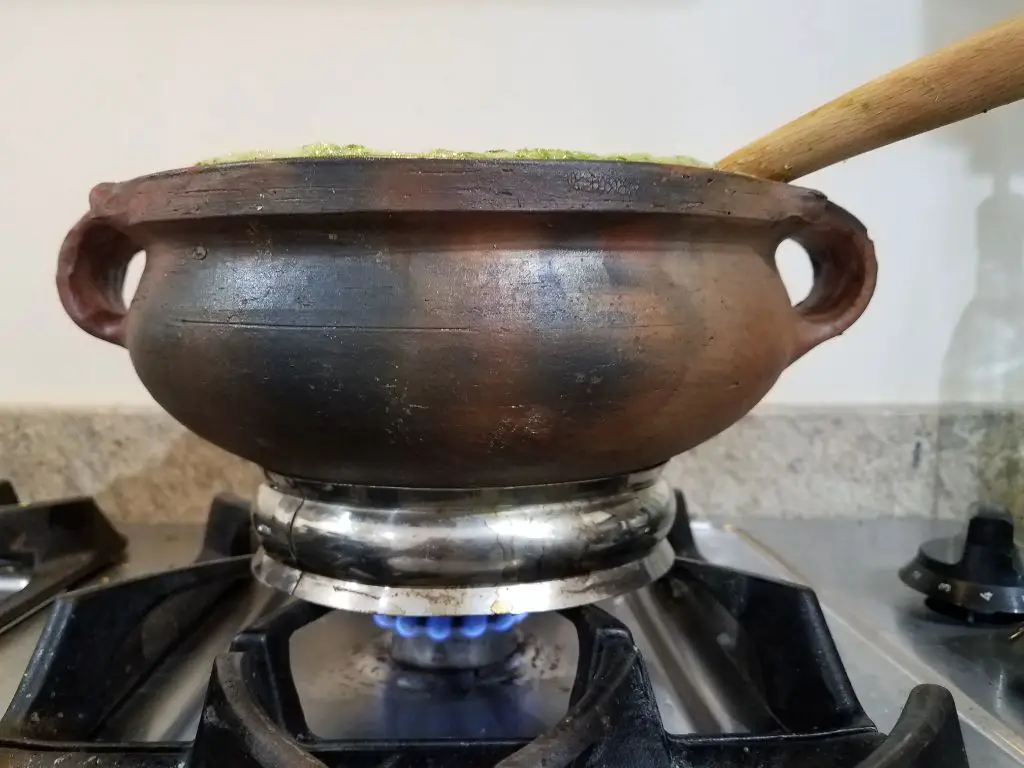
For more details on the clay pot making process, see this article.
Heat Retention Properties
Clay is an excellent heat retainer compared to materials like metal or glass. This is because clay has low thermal conductivity, meaning it transfers heat slowly. The natural pores within clay also help trap heat. As a result, clay pots retain heat effectively once heated up and release that heat gradually over time. This provides steady, even cooking.
In contrast, materials like stainless steel and aluminum have higher thermal conductivity. This allows pots made from metal to heat up quickly, but also lose heat rapidly. Metal pots are prone to hot spots and uneven cooking. Glass falls somewhere in between clay and metal when it comes to conductivity. However, glass pots lack the heat-trapping pores that make clay so effective for slow, even cooking.
Sources:
https://www.academia.edu/272129/Aspects_of_the_Ceramic_System_of_the_Luo_of_Kenya_with_Ingrid_Herbich_
Flavor Enhancement
One of the biggest benefits of cooking in clay pots is how it enhances the flavor of dishes. According to research, food cooked in clay pots generally tastes better compared to other materials like metal or glass. This is due to some unique properties of clay that lead to chemical reactions with the food (Rediscovering the Art of Cooking: The Benefits of Clay Pot Cuisine).
Clay is porous and allows some liquid and moisture to seep into the clay walls of the pot during cooking. This absorption causes the food to concentrate in flavor as it cooks, leading to more intense and richer tastes. The minerals present in the clay, like iron, magnesium, and calcium, also get infused into the food to some degree. This mineral infusion can enhance and alter the flavor in subtle ways (Does food taste better In clay pots?(Degustation experiment)).
Cooking in clay pots also allows the food to heat more evenly and gently, leading to better flavor development. The natural clay walls retain heat effectively while also heating gradually and avoiding hot spots. This even, gradual heating gives time for complex flavors to emerge properly (Do clay pots develop more taste in your food?).
Overall, the porosity, mineral content, and heating properties of clay all contribute to enhancing the natural flavors of ingredients. Dishes like stews, curries, rice, legumes, and meat tend to show the biggest flavor improvements when cooked in clay pots.
Nutrient Retention
Cooking in clay pots allows more vitamins and minerals to be retained in food compared to other cookware like metal or nonstick pans. The porous material and even heating circulation of clay pots prevents certain vitamins like vitamin C, B complex, niacin, and minerals like iron and zinc from being lost or leached out during the cooking process (source). One study found that vegetables cooked in clay pots retained on average 84% more iron content compared to those cooked in stainless steel pots (source). By retaining more nutrients, clay pot cooking results in more nutritious and flavorful meals.
Slow Cooking Benefits
Cooking slowly in clay pots provides numerous benefits compared to other faster cooking methods. The gentle heat of a clay pot allows for gentler cooking that brings out flavors and retains nutrients better than high heat cooking. Simmering stews, cooking beans, making rice, or braising meat for hours in a clay pot results in very tender and flavorful dishes.
The clay material allows heat to be distributed evenly, ensuring food is cooked through without scorching or burning. This makes clay pots ideal for dishes like stews, curries, braised meats, beans and legumes that require long cooking times. The clay absorbs moisture allowing these dishes to simmer away slowly developing deep flavors without drying out. Where other materials like metal or glass can lead to scorching or uneven cooking, clay pots cook gently and evenly for optimal results.
Downsides of Clay Pots
While clay pots have many benefits, they do come with some downsides to consider as well. One drawback is that clay pots tend to be heavier and more fragile than modern cookware. They can crack or break if subjected to sudden temperature changes or improper handling 1. Clay is porous, so pots must be seasoned before use by coating the inside with oil and heating slowly to allow the clay to absorb it. Unglazed clay pots in particular require careful seasoning and maintenance. Glazed pots are less porous.
Clay pots are also not suitable for all types of cooking. The pots retain heat and cook slowly, so they are not the best option for tasks requiring quick, high heat like boiling water or searing meat. Acidic foods can react with the clay and take on a metallic taste. Clay absorbs oil and odors from foods cooked in them, so pots used for strong-flavored dishes like curry may retain those flavors 2. For best results, match clay cookware to the appropriate cooking application.
Clay Pot Cooking Tips
When cooking with clay pots, it’s important to choose the right size pot for the recipe. Smaller pots are good for simmering sauces or cooking small portions of rice or beans, while larger pots work well for stews, curries, and soups. Make sure to match the pot size to the amount of food you’re cooking to allow even cooking and prevent spillovers (Clay Pot Cooking Tips).
Before first use, properly season clay pots by coating the inside with oil and heating it slowly from low to medium heat on the stove for 30-60 minutes. This helps seal the clay and prevent food from sticking. To clean clay pots after cooking, allow them to cool completely before washing by hand with warm soapy water. Avoid using harsh scouring pads or abrasive cleaners which can damage the clay. Rinse and air dry the pot thoroughly prior to storage (How To Use Clay Pots). With proper care, clay pots can provide many years of flavorful cooking.
Sample Clay Pot Recipes
Clay pots are especially well-suited for cooking stews, braises, and roasted meats and vegetables. The pots’ heat retention and moisture-sealing properties tenderize meats and vegetables to perfection.
A classic braised beef stew shines when cooked in a clay pot. The meat becomes fall-apart tender after hours of simmering, and the flavors concentrate into a rich broth. Refer to this hearty Beef Stew recipe for inspiration.
Clay pot chicken adobo is a Filipino stew loaded with garlic, vinegar, soy sauce, and bay leaves. The clay pot helps the sauce reduce and permeate the chicken. Get the full Chicken Adobo recipe here.
For roasted vegetables, clay pots excel at caramelizing and intensifying flavors. Roasting cauliflower steaks in a preheated clay pot gives them a tasty char while keeping them tender inside. Find a simple Cauliflower Steak recipe to test out.
Clay pots can also bake crispy-skinned fish fillets to perfection. Sear meaty halibut steaks in a hot clay pot, then roast at high heat. The fish cooks quickly while the pot creates a crunchy exterior. Get tips from this Baked Halibut recipe.
Conclusions
In summary, clay pots have several pros and cons for cooking. On the pro side, they retain heat well, enhance flavors, retain nutrients, and are ideal for slow cooking methods. The downsides are that they can be heavy, prone to cracking, and harder to clean. Clay pots excel at braises, stews, soups, and other dishes that benefit from steady low heat over a long time.
The porous nature and heat retention of clay makes it perfect for slow-cooked dishes like oatmeal, beans, rice, and soups. Clay pots are less ideal for tasks requiring quick, high heat like searing meat. The natural clay absorbs moisture and seasoning, enhancing flavor while cooking. While clay pots require more care, their traditional cooking properties make them worth using for certain recipes.

